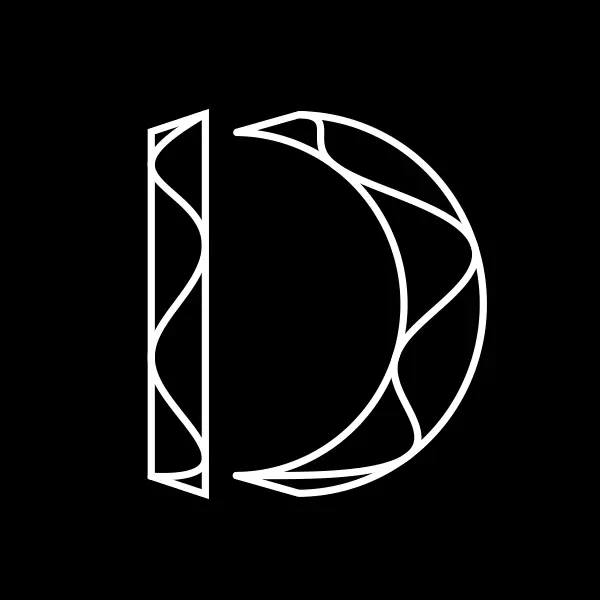Fine Design
A YouTube channel featuring some maths and theoretical computer science videos.
 What does this logo even represent?
What does this logo even represent?
Fine Design (turns out you can’t change the name of a channel once you create it) was a result of me trying out Grant Sanderson’s amazing manim library for mathematics-related animations. Thanks to that I ended up making a bunch of videos about topics that I considered layman-accessible but that I couldn’t find on YouTube. Here’s a list of topics covered.
-
A couple of hat puzzles that I really liked for their basic yet insightful impossibility proofs, and for the impressive possibility results that follow.
-
A video on impossibility proofs and the Natural Proofs Barrier (given as an example of an impossibility proof about coming up with impossibility proofs).
-
A series on the BIGNUM BAKEOFF contest, where contestants had to submit $512$-character C codes and the code that returns the largest number (when run on a hypothetical computer with arbitrarily large ints) wins. It touches a lot of topics in theoretical computer science and mathematical logic.
-
A video on non-adaptive combinatorial group testing. It goes over how polynomials were used by some researchers to test people for covid with far fewer tests performed than the number of people tested.
-
A video on the Graham-Pollak Theorem and how the proof of such a combinatorial statement is so “non-combinatorial”.
-
A series on Markov’s Theorem (the one that bounds the maximum slope of a degree $d$ polynomial that is bounded in an interval). There’s a fascinating proof that I’ve tried to present.
-
A series on quantum brute-force password checking, with an upper bound from Grover’s algorithm and a matching lower bound from Markov’s theorem.
-
If you’re allowed to change a number $N$ in base $10$ by adding plus signs in the middle, (i.e. $15243 \to 1+5+24+3 = 32$ is a valid step), then as $N \to \infty$, how many steps would you need to reach a single-digit number? $O(\log^*N)$ is easy to prove, but can you show a better upper bound?